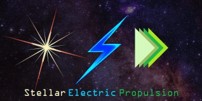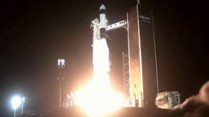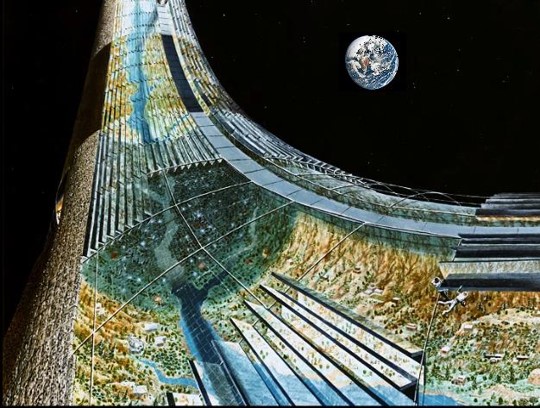

Stellar Electric Propulsion (StEP) is an advanced Spaceflight Technology that is purely electronic.
Capable of being run on Solar energy, StEP produces thrust without consuming any form of fuel or propellant.
|
StEP will dramatically increase spaceflight speeds while reducing spaceflight costs. |
|
|---|
|
The first StEP prototype that passed all of its Proof-of-Concept tests was code-named '003’. |
|
|---|
|
To test 003 in mid-air neutral buoyancy conditions, it was sealed inside of a helium balloon gondola and flown around our lab. |
|
|---|
To learn more about our tech and see 003 being tested in mid-air, click on the StEP logo below.
After our successes with 003, we welcomed a new member to our Prototype family. Thruster '003a' uses the same electronic technology as our earlier working prototype, but it is smaller, lighter, and more tightly engineered than its older brother.
To test the performance of 003a, we operated it inside of a vacuum chamber.
A fuel-free GREEN technology like StEP will be able to improve Space Travel.
'Old-school' space propulsion engines produce thrust by consuming some sort of propellant (fuel) stored in tanks and, eventually, they empty those fuel tanks.
When dealing with old-school hybrid-electric tech, like ion or plasma engines, running out of propellant often signals the end of a spaceflight mission.

A StEP thruster is not a hybrid-electric engine. StEP thrusters require no fuel tanks and do not use ion or plasma technology to fly a vehicle through space.
|
Unlike old-school thrust solutions that rely upon propellant, StEP thrusters enable spacecraft to continue their missions as long as there is access to electric power. Thanks to the Sun, StEP can get electric power from Photovoltaic Arrays (i.e. Solar Panels). |
|
|---|
Wherever they travel, StEP-equipped Spacecraft will be able to use power from the nearest Star to accelerate, decelerate, and change trajectory.

StEP technology also reduces the cost of rocket launches by deleting the mass of fuel, fuel tanks, and other fuel-system hardware from spacecraft.
Lower spacecraft mass means faster acceleration and deceleration in outer space.
Those performance improvements result in HIGHER SPEEDS en route, SHORTER ROUTES through Space, and LESS EXPENSIVE Space Travel.
What is Vector Space Lines going to do with StEP technology?

VSL Space Drones equipped with Solar Powered StEP thrusters will be able to mitigate dangerous orbital debris.
Each of our purely electronic Space Drones will be able to perform multiple missions to Reduce, Reuse, and Recycle space junk.
|
Future potential missions include... |
|
|---|---|
|
Intercepting and deflecting potentially dangerous Earth-crossing objects. |
|
|
|
Remotely surveying and mining asteroids. Eventually, returning a vehicle to Earth carrying a cargo of valuable materials.
|
In time, purely-electric spaceflight systems will allow us to build amazing structures in the cosmos; large-scale Scientific Space Stations and mind-blowing Space Resorts will become part of our reality.

Developed to its full potential, StEP Technology will expand the definition of what is "possible" in Spaceflight.
Stellar Electric Propulsion technology is protected by Trade Secret and is the property of Vector Space Lines, Inc.